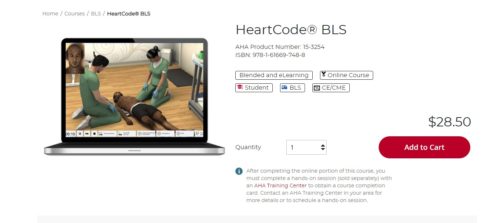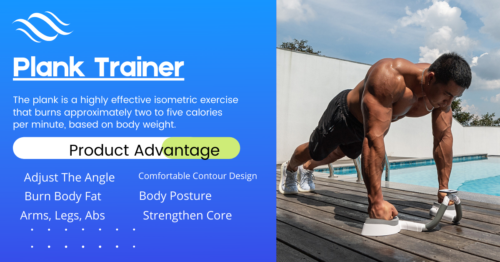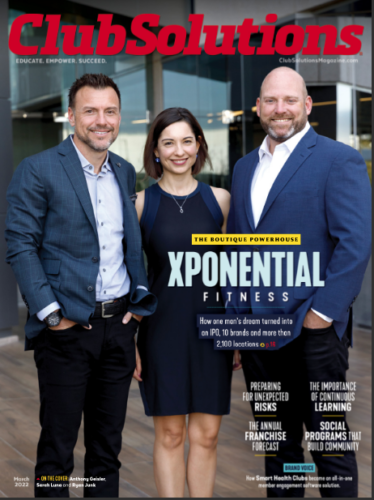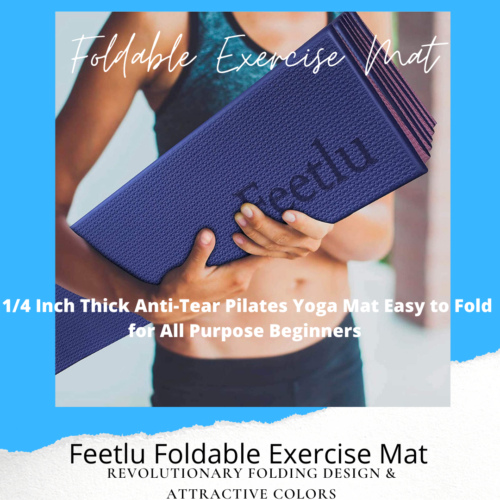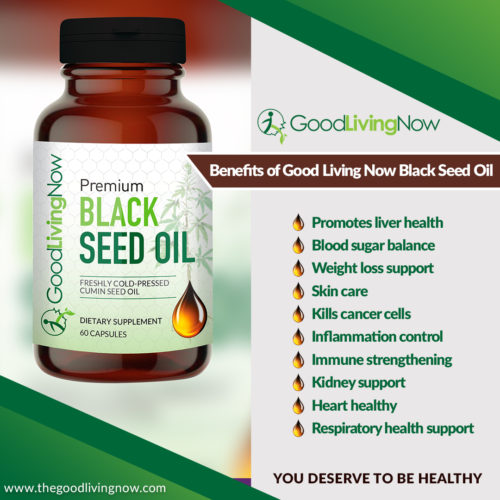
Boutique centers jump ahead as latest gym trend
Boutique centers jump ahead as latest gym trend
“Three – two – one – stand up,” Stander screams to 48 sweaty class members mounted on bikes inside the darkened studio, as they quickly pump their pedals to the beats of Daylight by Maroon 5.
Devotee Todd Goldenfarb, who has belonged to a gyms in Boston and South Beach, says no other workout holds his attention like a Flywheel class. He tries to attend three times a week, often bringing family or friends.
“I love it,” said Goldenfarb, 34, a Miami Beach-based real estate developer and owner of Sloane Square Barbers & Shoppe, while awaiting the next class. “With other workouts, I find myself looking at my phone or thinking about what I have to do next. When I’m here, I’m 100 percent focused on the workout.”
As South Floridians try to fight post-holiday waistlines, boutique fitness facilities like Flywheel Sports are flourishing. Such niche players represent one of the hottest trends in the $21.8 billion fitness playground dominated by health club chains like LA Fitness, 24 Hour Fitness and Planet Fitness. Low-cost clubs and personal training are also gaining traction.
The boutique movement is fueled in part by the 30-and-under Millennial generation that eschews crowds, said Stephen Tharrett, co-owner of ClubIntel, a Dallas-based brand insights firm focused on the fitness, golf and country club industry. “People are looking to spend their money on what has great value for them, and that fits their passion,” he said.
It’s a high-stakes movement aimed at boosting health in a nation suffering from an obesity epidemic. Nationwide, the Centers for Disease Control estimates that 35.7 percent of adults are obese.
Among the growing niche players are centers offering ballet barre classes, high-intensity interval training centers like CrossFit, indoor cycling, yoga and Pilates.
“I have people coming in saying ‘I’m just sick of the gym. I’m bored. I don’t like the people. I want something different,’” said Sherri DiMarco, owner and instructor of Bar Method in South Miami, a franchise that’s one of 76 in the United States and Canada. “It’s not just barre classes, it’s smaller, boutique fitness studios in general.”
At the Bar Method, attendees can choose among 50 group classes each week, with strength training centered around the ballet barre. Single classes cost $30. “It’s fun energy, and you see the same people,” DiMarco said.
Such boutique studios aim for a welcoming emotional appeal, with plush environments, quality instructors and lively music, said Tharrett.
“They create a community of people,” he said. “The social connection is the real glue of what make them so successful.” The community extends beyond the studio door. “When you think of the Millennial generation, they are so connected on their phones, and [the boutiques] have their own blogs, twitter feeds, they use Instagram — they are really leveraging the social community of their members, both offline and online.”
That’s helping lure members away from large traditional gyms.
“There are people that would go to a boutique studio because they love group classes, or barre, or they love Pilates,” Tharrett said. “But they would never go to a club, because a club is crowded, it’s intimidating and they have to work their way through that to find what they like.’’
Here in bikini-clad, bicep-enlarged South Florida, new health clubs and niche studios are opening practically weekly. It’s not unusual for fitness lovers to move from one type of activity to another, mixing up their fitness routines.
In four years since its opened its first yoga studio, Green Monkey has drawn such a loyal following that is now has three locations — in Miami Beach, midtown Miami and South Miami — and plans to open a fourth South Florida studio in Fort Lauderdale within a month, said Director of Marketing Paula Walker.
As with other boutique operations, community is a key part of the allure, Walker said. “Our mantra is to teach people to live in balance.”
But niche clubs still are only part of the picture. While the health club industry’s size and membership remained somewhat flat since 2010, it has grown over the past decade. According to the International Health, Raquet, & Sportsclub Association (IHRSA), the industry’s trade group, there were 30,500 health clubs in the United States in 2012, up 14 percent from 26,830 in 2005. Membership grew 22 percent from 41.3 million to 50.2 million members during that time frame, IHRSA figures show.
That translates to 17.5 percent of Americans who belong to a health club, according to IHRSA’s 2013 Health Club Consumer Report. Average membership dues nationwide have reached an all-time high of $49 a month. Health clubs at hospitals and country clubs are also growing in importance, said Tharrett, whose firm wrote the report.
As the fitness industry evolves, middle market clubs, like those that charge $40 a month, are getting squeezed out, while boutique fitness centers are booming. Far more expensive, individual classes at boutiques are often $25 or $30 — with packages that can bring the prices down slightly; or monthly memberships of $150 or more.
At the other end of the spectrum, low-cost fitness centers are growing. Youfit Health Clubs, a Deerfield Beach-based chain of 60 fitness centers, is expanding rapidly, using a low-cost membership model of $10 a month.
“The goal is to create something that makes it more inviting and non-intimidating for non-exercisers,” said Youfit Health Clubs’ owner Rick Berks.
High-intensity interval training also is sprinting ahead at places like Orangetheory Fitness, a Fort Lauderdale-based franchise company that provides only group classes in what it calls “personal group training” at 65 outlets around the world, including 12 in South Florida. The one-hour, heart-monitored workouts are geared to keep people in the ultimate fat burning endurance “orange zone” for 12 to 20 minutes, said Cina Tucci, marketing director of Orangetheory Fitness. Monthly memberships begin at $59 for four classes.
“As opposed to the big box, where you come in and do your own thing, there is a trainer that shows you how to do the workout, and each class is a different set of workouts,” Tucci said.
Orangetheory opened its first facility in 2009 and now has 65 in the United States, four in Canada and one in the United Kingdom, with 142 more in development. The company has 12 centers open in Miami-Dade and Broward, with seven more set to open soon.
Barry’s Bootcamp, a nationwide franchise with a celebrity following, opened earlier this month in Miami Beach with a red-lit studio and group fitness classes designed to burn 1,000 calories per hour. “Boutique gyms have cult followings where people want to be there all the time,” said James Provencher, 27, a partner in the firm with Derek DeGrazio, 31, who trained Britney Spears during a year-long tour. “We want to create that here.”
Though he runs, works out with a trainer and is a member of CrossFit, “I never get as much of a workout as I do at Barry’s Bootcamp,’’ said customer Rob Turner, 43, who trained at Barry’s New York and Los Angeles studios before moving to South Florida, where he works as a senior account executive at a television station in Doral. “I come out drenched. You keep your heart up the whole time, running at insane speeds.”
The environment, energy and social interaction are all a draw, he said. “They hire the best trainers to teach the classes, and they are masters at social media. They become your friends on Facebook and give you tips,” he said. “And it’s a fun environment….You’re feeding off each other’s energy, and it makes it a lot more fun.”
At Steelhouse Fitness Miami, workouts come with guidance from a personal trainer and a dietician, said chief executive Lucas Irwin, a former NCAA college football player who started the company six years ago.
For some exercisers, personalized work outs are key. According to IHRSA, 19 percent of health club members use a personal trainer, representing an all-time high.
Michelle Grillone of Key Biscayne works out three times a week with her personal trainer, Jeff Shepard, at his club, Miamifit, in South Miami-Dade. At first, her goal was to get in good shape for her November wedding. But after dropping from 24 percent body weight to 15 percent body weight in two months, she said she doesn’t want to stop. The $80 charge per session “is totally worth it,” she said.
“We talk every day. He texts me every day: ‘What did you eat?’” said Grillone, 36, director of operations for a private wealth management firm in Coral Gables. “You feel like you have someone really there — your partner who is really standing by you, watching you, caring and concerned. It’s that personalized touch and hand holding that really helps.”
Flywheel Sports devotees also ascribe to the high energy vibe. Each bike is outfitted with a “tech pack,” that provides information on speed and resistance.
“It’s a culture of absolute positivity — encouraging, positive, collegial and competitive,” said Jay ✔Galluzzo, New York-based Flywheel Sports’ co-founder and chief executive. The company opened its first facility in 2010 and today has 25 locations in the United States and one in Dubai, as well as facilities on ships owned by Celebrity Cruises, Royal Caribbean Cruise Line and Norwegian Cruise Line.
“There are tons and tons of options, so the very first thing is you have to offer is a product that is unique and effective and fun —it has to be all three of those things, because if it’s not unique, its generic, and people aren’t willing to pay for it,” Galluzzo said. “And if its not effective, if you don’t see results from your workout, you’ll go somewhere else. And if it’s not fun, you won’t do it over a long period of time.”
“I love it,” said Andrea ✔Siegel, a 39-year-old occupational therapist who lives in Aventura, just before taking a class. “It’s addicting.”

